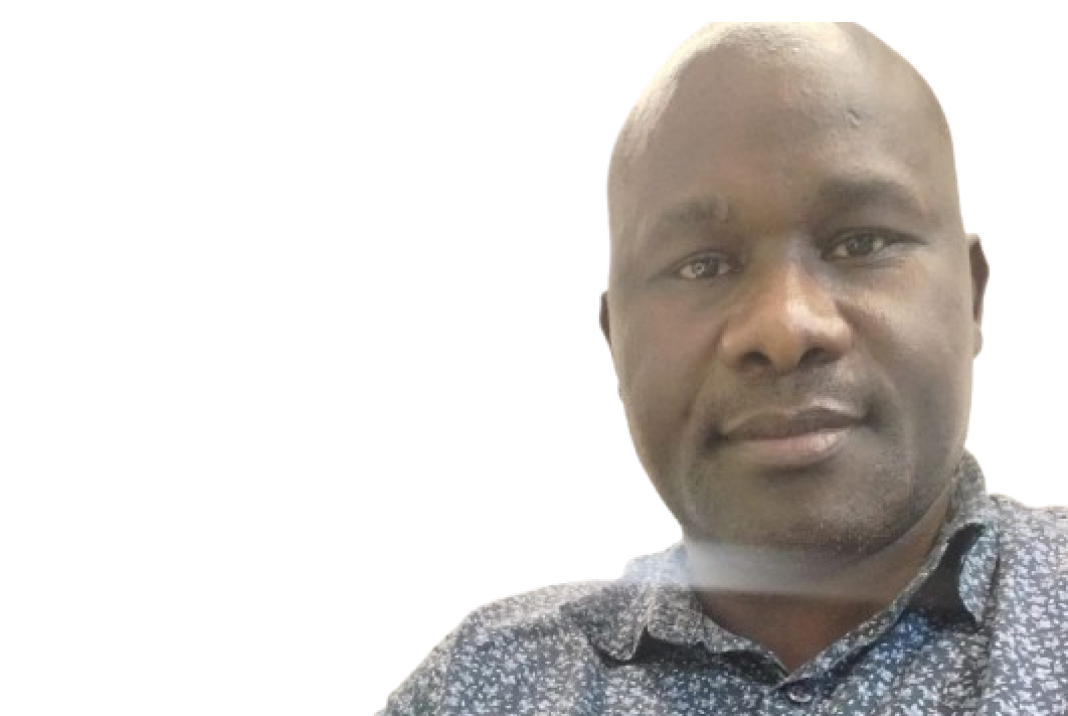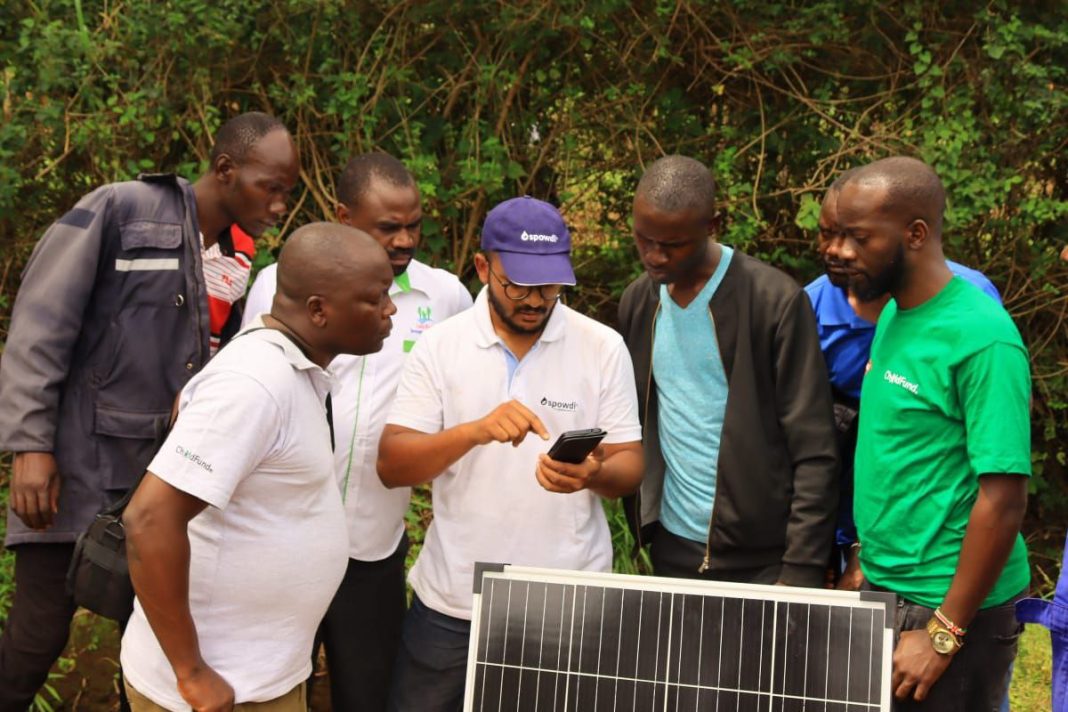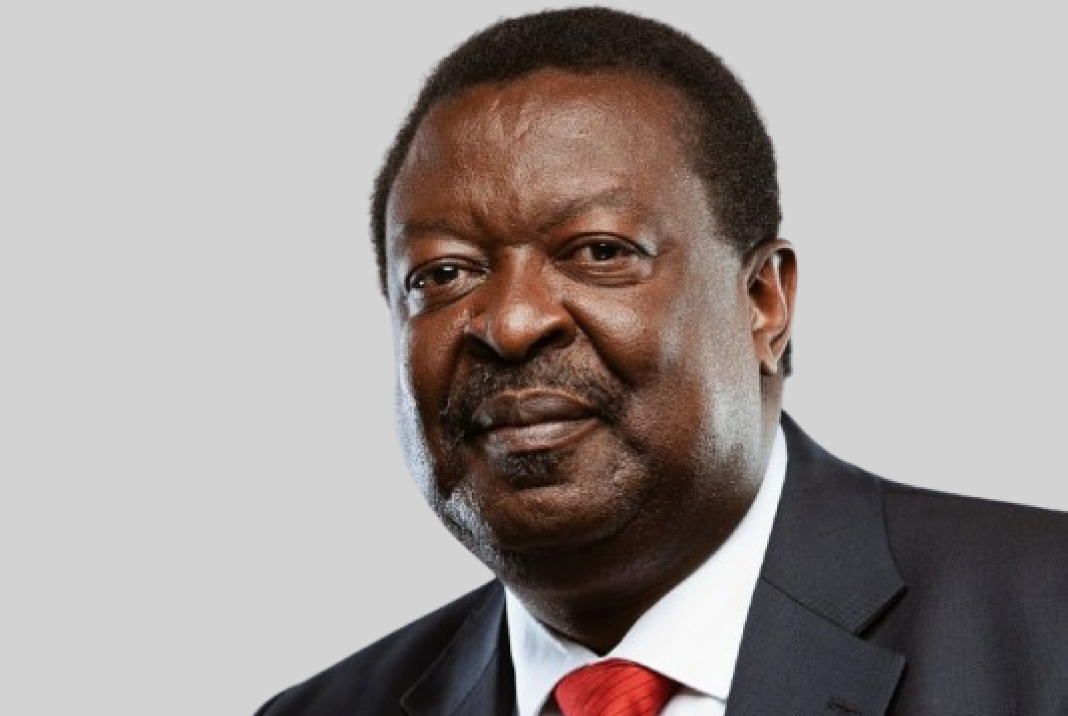By Gabriel Riako
Education is the foundation of Kenya’s development, yet our approach to funding it remains disjointed. Constituency Development Funds (CDF), county bursaries, and national scholarships all operate independently, often overlapping, duplicating efforts, or worse, leaving deserving students without any support. It’s time for Kenya to streamline these resources under one centralized docket to ensure fairness, transparency, and efficiency.
Take a moment to think about how fragmented the current system is. A student in one constituency might receive funding from multiple sources, while another in a neighbouring county struggles to find even one bursary. This inequity isn’t due to a lack of resources but poor coordination. Centralizing educational funding would help Kenya create a more equitable system where resources are allocated based on actual needs, not geography or political connections.
The current structure is riddled with inefficiencies. Parents are forced to navigate a maze of application processes, each with its own rules and deadlines. This burden disproportionately affects families in rural or marginalized areas who already face barriers to accessing information. A single application process under a unified system would ease this strain, ensuring all students have an equal chance to benefit.
Corruption and mismanagement are also rampant in the fragmented system. How many times have we heard of bursaries going to the well-connected instead of the needy? A centralized body with standardized procedures for auditing and reporting would help close these loopholes. Transparency and accountability would be strengthened, restoring public confidence in how educational funds are managed.
Furthermore, merging education funding would allow the government to take a holistic approach to the sector. Education doesn’t exist in isolation; it requires investment in infrastructure, teacher training, and curriculum development. A unified funding system would align resources with national education priorities, ensuring every shilling contributes to the bigger picture.
Critics may argue that such a move is logistically complex and politically risky. Yes, it will require strong political will, legislation, and stakeholder engagement. But the benefits far outweigh the challenges. Imagine a Kenya where no student is left behind because of where they were born or who they know.
As the country works to implement the Competency-Based Curriculum (CBC), the need for cohesive planning and funding has never been more urgent. Fragmented funding systems cannot support the infrastructure, teacher training, and materials required for such a comprehensive reform.
The call to merge education funding isn’t just about money—it’s about fairness, opportunity, and the future of our children. It’s about ensuring every Kenyan child, regardless of background, has the chance to succeed.
The time to act is now. Kenya must bring all education funding under one docket, not only to simplify processes but to ensure we deliver on the promise of quality education for all. Let’s stop wasting resources on inefficiencies and instead invest in a brighter, more equitable future for our nation.
Gabriel Riako is a passionate advocate for education reform in Kenya.




